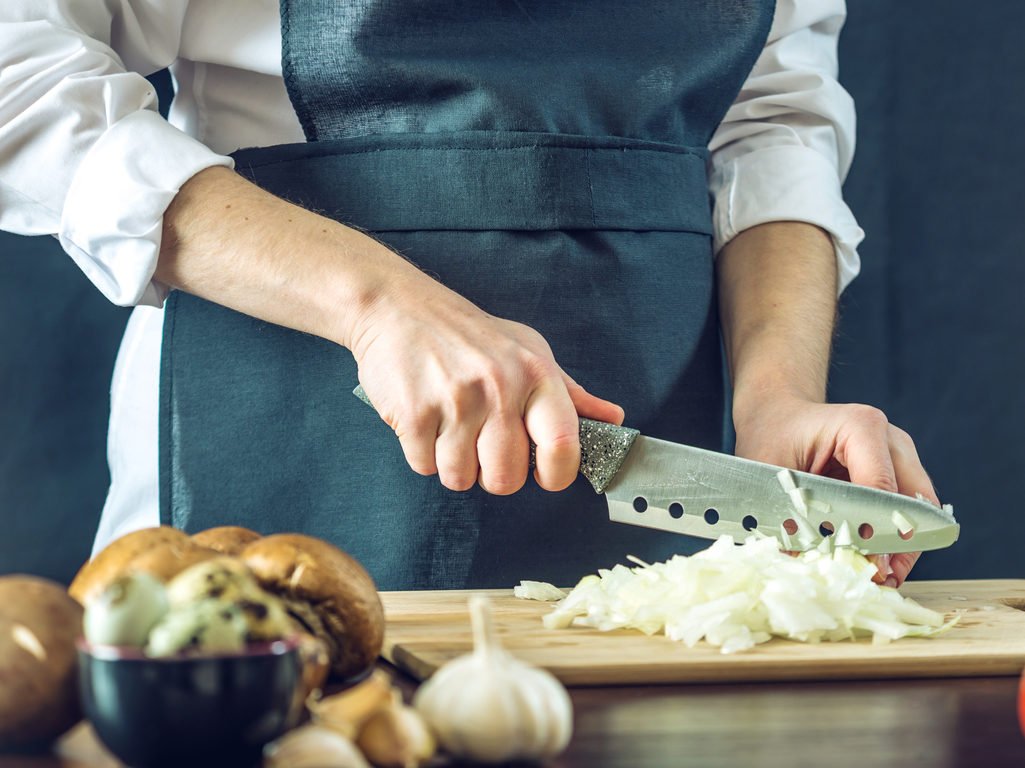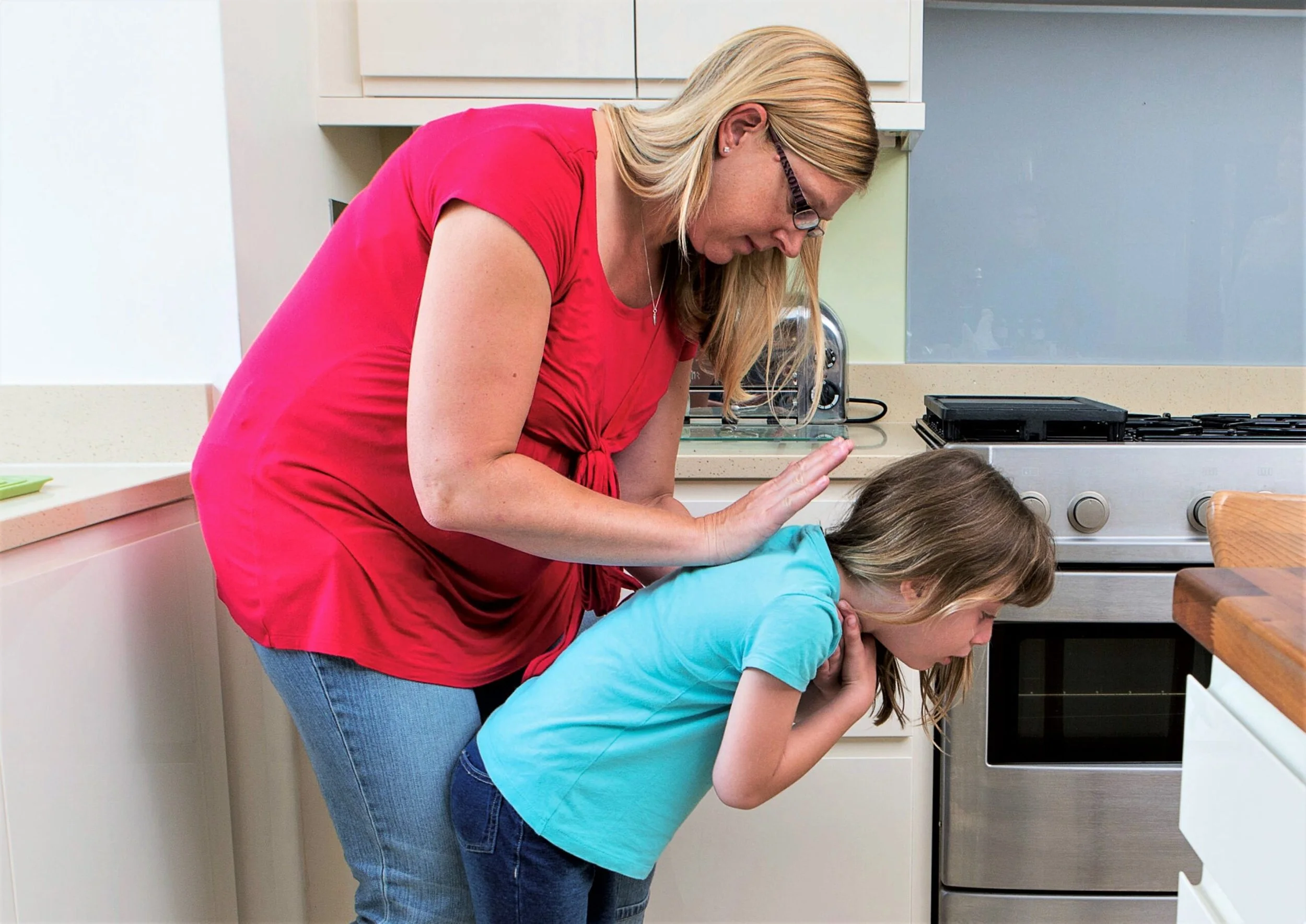How to Prevent Choking Hazards in Kids' Food
Essential Safety Tips
Discover > Healthy Living Through Food > How to Prevent Choking Hazards in Kids' Food
Ensuring children's safety during meals is a top priority for parents and caregivers, given the risk of choking. This article offers insights into minimizing choking hazards in kids' food. Proper food selection and preparation are key, along with knowledge of portion sizes and preparation techniques. Adult supervision, along with teaching safe eating habits, plays a crucial role in reducing choking incidents.
Encouraging children to chew food thoroughly can significantly reduce the risk of choking incidents and promote safe eating habits. Foods like raw carrots can pose a choking hazard, so it's essential to chop or cook them to make them easier to chew. Additionally, avoid offering sticky candy or sticky candy popcorn (how long does popcorn last?) chunks to older children, as these can also be potential choking risks. Keeping a watchful eye on what kids eat and how they consume it goes a long way in ensuring their safety during mealtime.
Understanding Choking Hazards
Choking hazards are a significant concern for parents and caregivers of young children. It is crucial to understand the potential dangers to help prevent choking incidents. Children below the age of four are particularly at risk due to their developing motor skills and natural curiosity to explore objects with their mouths.
Foods with a small, round, or cylindrical shape pose a choking risk because they can easily obstruct a child's airway. Examples include grapes, cherry tomatoes, hot dogs, and hard candies. It is essential to cut these foods into smaller, easily manageable pieces before serving them to young children.
Another contributing factor to choking hazards is the texture of the food. Slippery, slimy foods such as banana slices, overcooked pasta, and jelly can be difficult for children to grasp and control, increasing the risk of choking. Drier textures, like rice cakes (how long do rice cakes last?) and crackers, can also pose a risk if they are not chewed thoroughly before swallowing. To minimize the risks, offer age-appropriate food textures and encourage children to chew their food properly.
Food consistency plays a vital role in choking prevention as well. Sticky and chewy foods like peanut butter (how long does peanut butter last?), marshmallows, (how long do marshmallows last?) and taffy can become lodged in a child's throat. It is wise to offer these foods in small amounts, such as spreading a thin layer of peanut butter on bread or cutting chewy candies into tiny pieces.
In addition to food-related considerations, parents and caregivers can take steps to create a safe eating environment. Encourage children to sit down while eating and avoid distractions like watching television or playing with toys. Provide adult supervision during meals and snacks to ensure children are chewing and swallowing their food safely.
Cutting food into smaller pieces, choosing appropriate textures, and establishing a safe eating environment can significantly reduce the risks of choking and help ensure the safety of the little ones in their care.
Sorting Out Dangerous Food Items
To prevent choking hazards in children's food, it is crucial to identify and remove dangerous food items. Certain foods pose a higher risk of choking, especially for children under the age of 4. Parents and caregivers should be vigilant during meal and snack times.
Firstly, avoid offering small, hard foods that can easily become lodged in a child's throat. Some examples include whole nuts (how long do nuts last?), hard candies, and popcorn. Instead, opt for softer alternatives or cut the foods into smaller, more manageable pieces for young children.
Secondly, pay attention to the size and shape of the food being served. Round-shaped foods, such as grapes and cherry tomatoes, pose a higher risk, as they may completely block a child's airway. To reduce this risk, cut grapes and cherry tomatoes into quarters or smaller pieces before serving. Similarly, slice hot dogs and sausages lengthwise as well as into smaller pieces to prevent choking.
Lastly, be cautious with foods that are difficult to chew or break down, such as raw vegetables, tough meats, and chewy candies or gummies. For young children, steam or cook vegetables until they are soft enough to be easily mashed with a fork. Trim excess fat or gristle off meat and cut it into small, bite-sized pieces.
To prevent choking hazards in children's food, parents and caregivers should take time to sort out and modify dangerous food items. By avoiding hard, small, round, and difficult-to-chew foods, mealtime becomes a safer experience for young children.
Correct Food Preparation and Cutting Techniques
Choosing the Right Utensils
Using the appropriate utensils for preparing and cutting kids' food is crucial in preventing choking hazards. Some essential utensils to have in your kitchen include:
Safety knives: These have rounded tips, reducing the chances of accidental cuts while slicing fruits and vegetables.
Paring knives: They are best for precision cutting and peeling smaller food items.
Kitchen shears: These are ideal for snipping up foods into small, bite-sized pieces.
Additionally, choose cutting boards that are anti-slip and have a designated section for juice collection to prevent cross-contamination.
Properly Cutting and Cooking Food
When preparing food for kids, focus on cutting and cooking techniques that minimize choking risks. Follow these guidelines:
Size Matters: Cut food into small, bite-sized pieces that are appropriate for your child's age and chewing abilities. As a general rule, cut food into pieces no larger than 1/2 inch (1.25 cm).
Shape Matters: Round or cylindrical food pieces are more likely to cause choking. Slice grapes, cherry tomatoes, and similar foods in half or quarter them to change their shape. Cut hot dogs and similar items lengthwise before dicing them.
Cooking Techniques: Steaming, baking, or boiling fruits and vegetables to a softer consistency can make them easier for kids to chew and swallow. However, avoid overcooking which can result in mushy textures and loss of nutrients.
Test the Food: Before serving, test the food's texture by squishing it between your fingers. If it squishes easily, it should be safe for young children to chew and swallow.
Ensuring proper food preparation and cutting techniques not only helps prevent choking hazards but also promotes a safe and enjoyable eating experience for children.
Teaching Safe Eating Habits
To prevent choking hazards in kids' food, it is essential to teach them safe eating habits. In this section, we will discuss three key components of safe eating habits: chewing techniques, eating slowly, and being mindful while eating.
Chewing Techniques
Proper chewing is the first step toward preventing choking hazards. Teach children to bite off small pieces of food, and chew each bite thoroughly before swallowing. Encourage them to use their molars for more effective chewing. They should not rush through chewing, as this can cause food to become lodged in their throats.
Eating Slowly
Eating slowly is another crucial aspect of safe eating habits. Kids should be encouraged to take their time while eating, which will allow them to fully process their food and reduce the risk of choking. They should take small bites and wait to pick up another bite until the previous one is swallowed. Set a relaxed atmosphere during mealtime to help children feel comfortable eating at a slower pace.
Being Mindful While Eating
Lastly, promoting mindfulness during eating can reduce the likelihood of choking hazards. Children should be aware of and focused on the food they are consuming. Encourage them to pay attention to the texture, taste, and temperature of their food, as this will help them better gauge when it is safe to swallow. Avoiding distractions, such as watching TV or playing with toys during mealtime, can also help children concentrate on eating safely.
Emergency Interventions
First Aid Knowledge
Parents and caregivers need to have basic first-aid knowledge when it comes to managing choking incidents. To assist a choking child, follow these steps:
Encourage natural coughing: If the child can cough forcefully, let them do so, as this might clear the airway obstruction.
Perform back blows and abdominal thrusts: If they can't cough or are struggling to breathe, administer five back blows followed by five abdominal thrusts (Heimlich maneuver). This should be executed as follows:
Stand behind the child, wrap your arms around their waist, and lean them forward.
For back blows, use the heel of your hand to deliver firm blows between the child's shoulder blades.
For abdominal thrusts, make a fist and place your thumb side against the middle of the child's abdomen, above the navel. Grasp your fist with your other hand and perform quick, inward, and upward thrusts.
Continue cycles: Repeat the back blows and abdominal thrusts until the obstruction is cleared, or the child starts breathing normally.
When to Call for Professional Help
It is crucial to call 911 or your local emergency number when:
The child's airway remains blocked after attempting first aid.
The child loses consciousness or has difficulty breathing.
The child's airway is only partially blocked, causing significant discomfort or distress.
Remember, prompt action in seeking professional help can prevent lasting damage or potentially life-threatening complications. Always prioritize the child's safety during a choking emergency.
Creating A Safe Eating Environment
Creating a safe eating environment for children is crucial in preventing choking hazards. One way to ensure this is by supervising kids while they eat. Keep an eye on them and be prepared to intervene if they show signs of choking. Make sure they're seated and not lying down or walking around while eating.
It's also important to serve age-appropriate food to children. Cut food into small, manageable pieces, especially for young kids who are just learning to chew. For infants transitioning to solid foods, offering soft, easily mashed items can help.
Another factor to consider is establishing a calm atmosphere during mealtime. Encourage children to eat slowly and take small bites to reduce the risk of choking. Discourage playful behaviors that could lead to distractions, such as watching television or engaging in rowdy conversations.
To further minimize choking risks, avoid offering high-risk foods such as whole grapes, popcorn, and hard candies. These items can easily block a child's airway if not chewed properly. When giving foods like hot dogs or marshmallows, cut them into small, thin pieces.
Finally, teach kids how to chew properly. You can demonstrate the appropriate chewing method by taking small bites and chewing slowly. Encourage them to chew their food thoroughly before swallowing and to take sips of water between bites.
Regular Pediatric Check-ups
Regular pediatric check-ups are crucial to ensure the safety and well-being of children. They help in detecting and addressing any potential choking hazards in kids' food early on. Pediatricians are trained professionals who can guide suitable food choices for kids, keeping in mind their age, developmental stage, and any existing allergies.
During these check-ups, the pediatrician can evaluate the child's eating habits and make personalized recommendations to minimize choking risks. For example, they may suggest avoiding hard, round, or small-sized foods, such as whole grapes, hard candies, and nuts, which are known choking hazards for young children.
Moreover, pediatric check-ups can also highlight any existing medical conditions that may increase the child's risk of choking. For instance, children with swallowing difficulties or certain developmental delays may require specific dietary modifications to ensure safe eating.
In addition to providing valuable information on food choices, pediatricians can also teach parents and caregivers essential first-aid maneuvers to deal with choking incidents, such as the Heimlich maneuver or back blows. Knowing what to do in an emergency can significantly improve a child's chances of survival and reduce the risk of choking-related injuries.
Regular pediatric check-ups are indispensable in preventing choking hazards in kids' food. By identifying potential risks, offering personalized advice, and educating parents on first-aid techniques, pediatricians play a crucial role in safeguarding children's health and well-being.
This tips is all about Healthy Living: Sushi for Kids. Must check it out.
The importance of Understanding Kid’s Nutrition: Peanut Butter.








